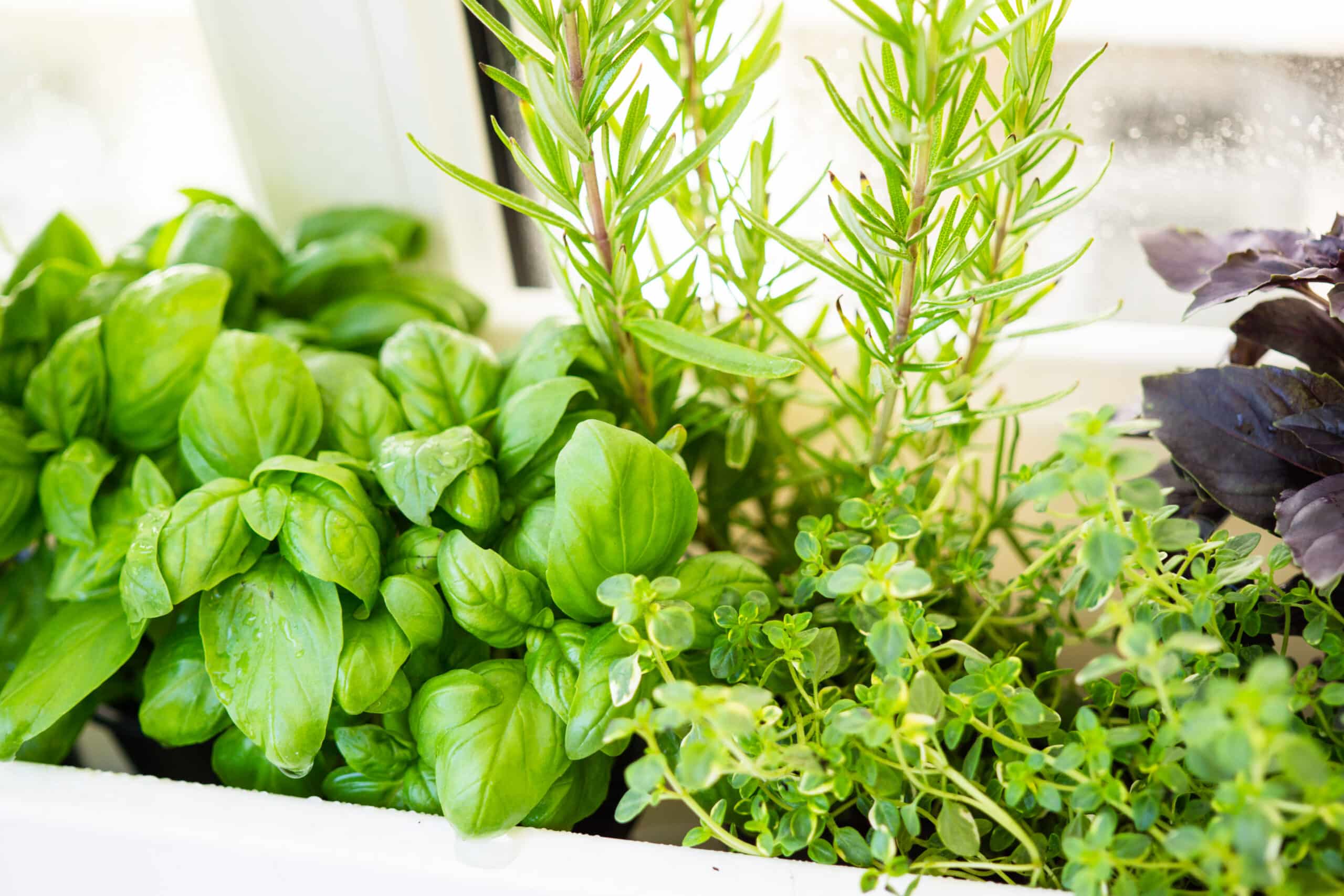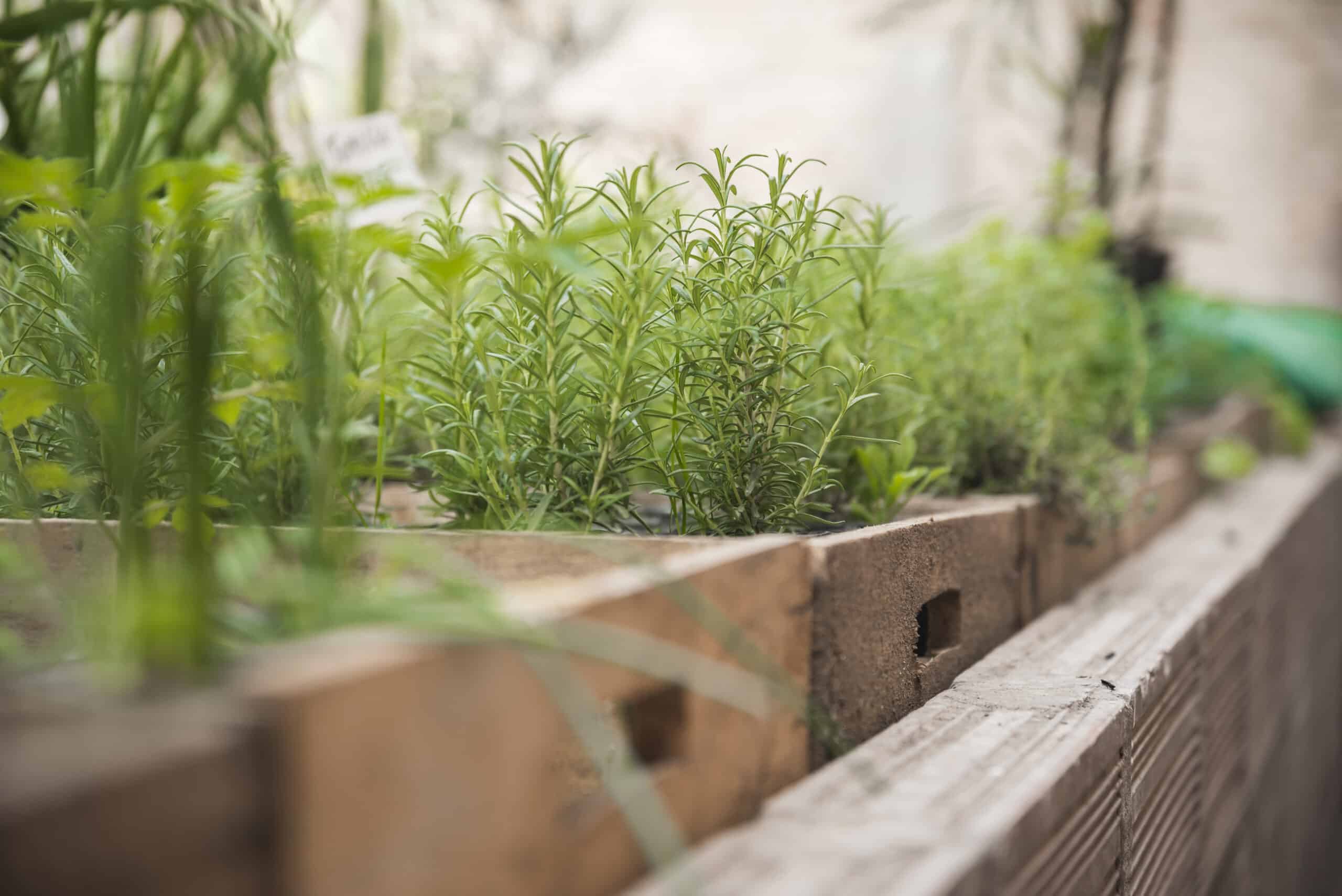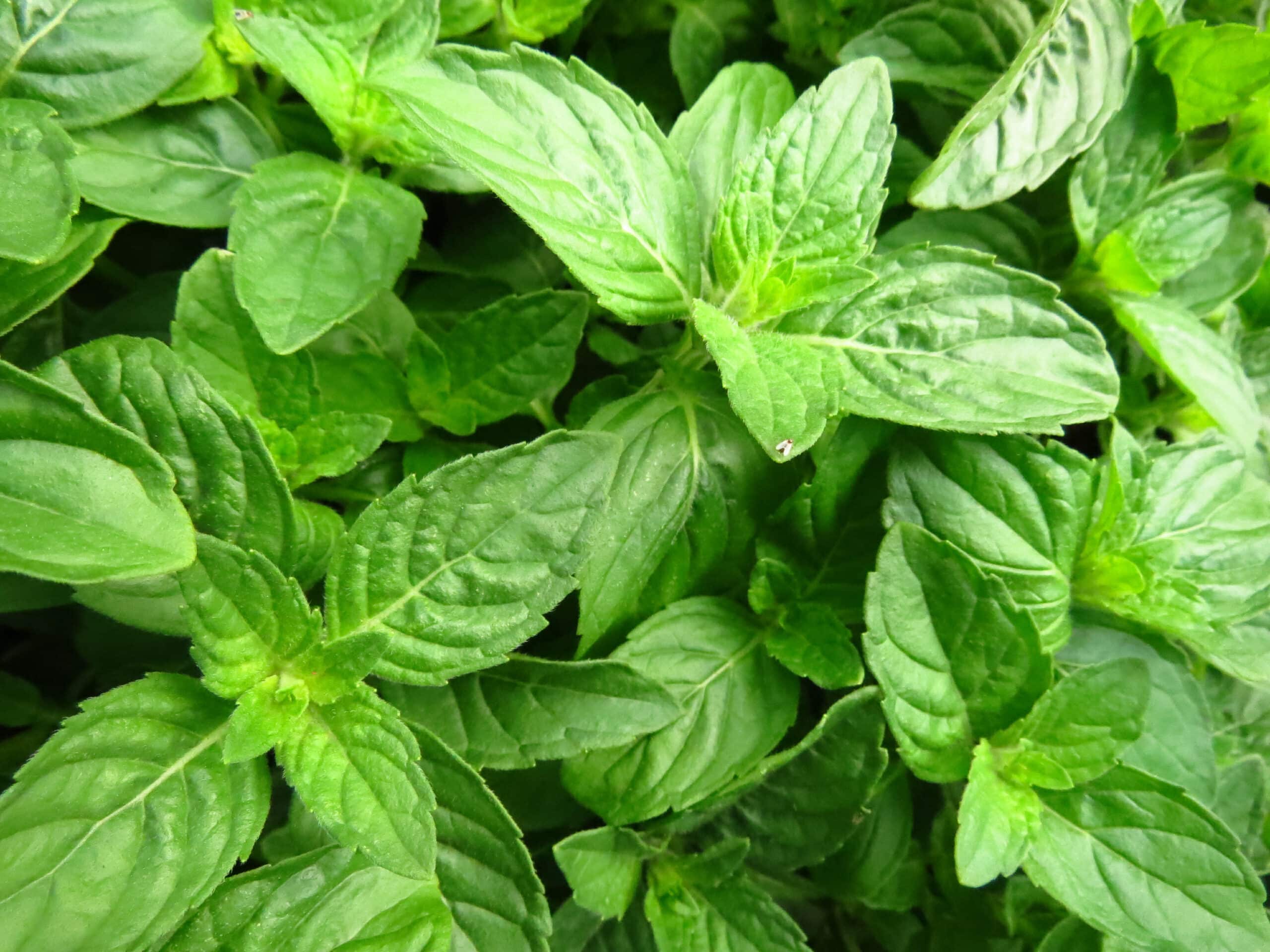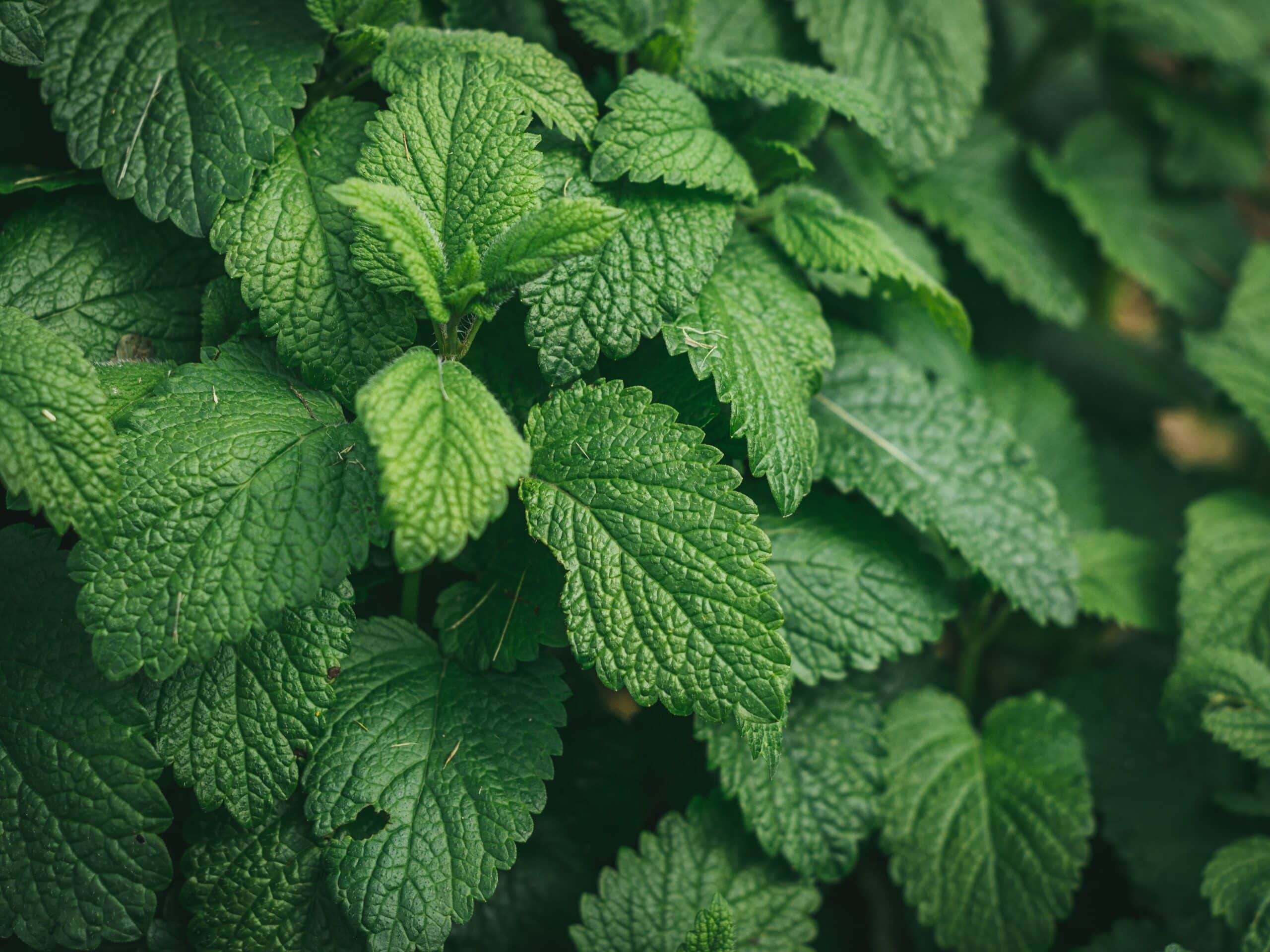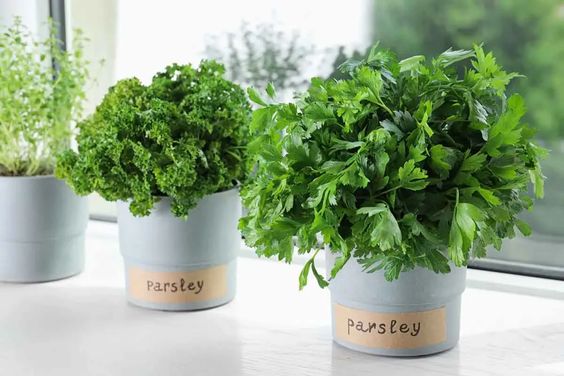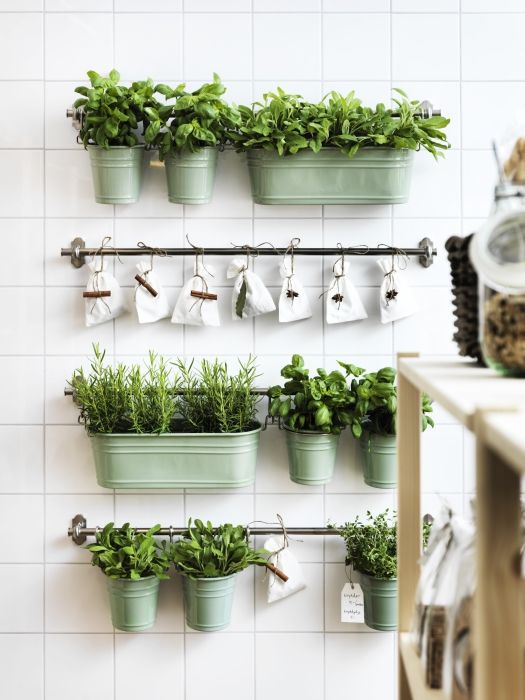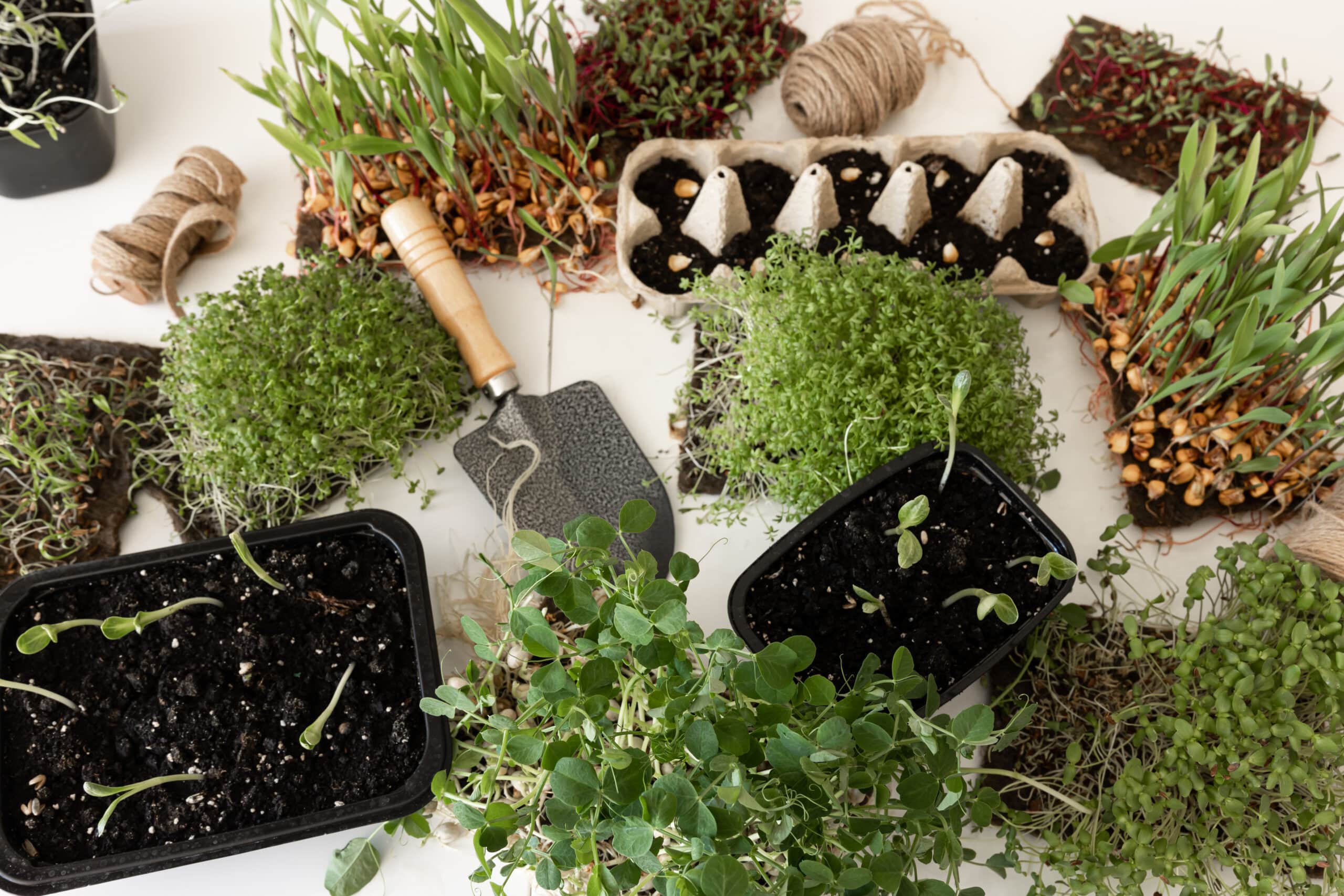
Growing a Kitchen Herb Garden: A Fresh Twist in Your Kitchen Remodel
Growing a kitchen herb garden is like making a small farm right in your kitchen. Fresh herbs, amazing aromas, and they even make your kitchen look cooler. Perfect for that kitchen remodel you’ve been thinking about, right?
Contents
Why You’ll Love a Kitchen Herb Garden
- Freshness On-Demand: Imagine plucking fresh basil right when you need it.
- Easy Peasy: You don’t need a green thumb, promise.
- Pretty as a Picture: They’ll make your kitchen look fab.
Setting Up – It’s a Breeze!
- Picking Your Herbs: Start with friendly ones like basil or mint.
- Pot Talk: Grab some pots with holes at the bottom.
- Sunny Side Up: Herbs love sunlight, so near a window is perfect.
Herbs and Their Care: Keeping Your Garden Thriving
Basil
Loves sunlight and regular watering. Prune the top leaves for bushier growth.
Mint
It’s a bit of a wanderer, so keep it in its own pot. Enjoys moist soil.
Parsley
Prefers steady light but can handle some shade. Water when the soil is dry.
Rosemary
Thrives in well-drained soil and doesn’t like too much water. Full sun is best.
Thyme
Requires minimal water and loves sunlight. Let the soil dry out between watering.
General Tips:
- Sunlight: Most herbs need at least 6 hours of direct sunlight.
- Watering: Over-watering is a common mistake. Wait until the soil is dry.
- Soil: Use a well-draining potting mix.
- Feeding: A little plant food now and then helps.
- Pruning: Regular pruning promotes growth and prevents overgrowth.
With these tips, your herbs will not only survive but thrive, adding fresh flavor and greenery to your kitchen.
Herbs in Your Kitchen Remodel: Making Them a Design Feature
When remodeling your kitchen, consider integrating herbs into the design for both function and style.
Design Integration:
- Built-in Planters: Imagine sleek, custom-built planters as part of your kitchen island or windowsill. It’s not just about aesthetics; these planters can be designed for optimal herb growth, considering factors like sunlight and drainage.
- Vertical Gardens: Limited on space? A vertical herb garden on a wall adds a green, lively touch and makes a stunning focal point.
Handy Herbs:
- Strategic Placement: Position herbs where they’re most used. For instance, keep basil near where you prep pasta sauces or cilantro close to where you assemble tacos.
- Mobile Solutions: If you can’t integrate planters, consider portable herb containers. These can be moved around the kitchen, keeping your herbs within reach but also allowing you to adjust their location for the best light.
FAQs
- Easiest Herbs? Basil, parsley, mint. Can’t go wrong.
- Watering Schedule? When the soil is dry. Stick your finger in to check.
- Indoor Herb Garden All Year? Absolutely. Just give them love and light.
Conclusion
So, a kitchen herb garden? It’s a game-changer for your kitchen remodel. Fresh, tasty, and very pretty to look at!

